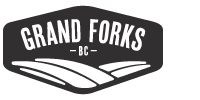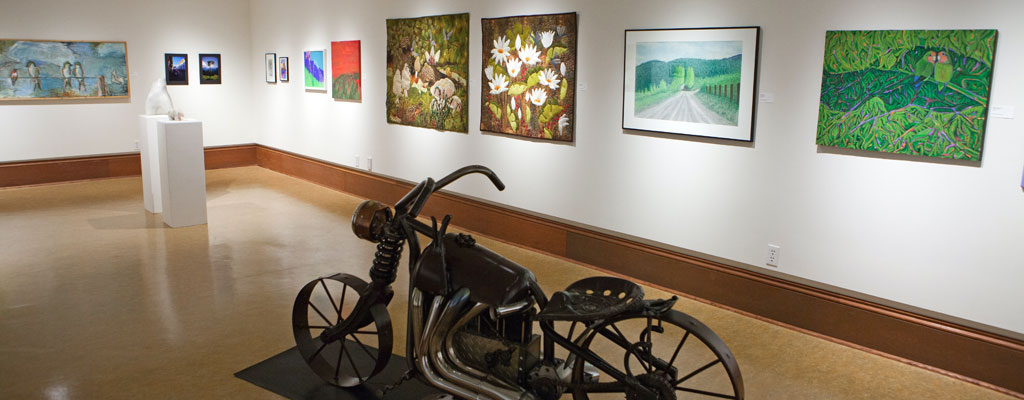Arts, Culture & Heritage
The History of Grand Forks and the ”Sunshine Valley”
Written by: Sue Thomson
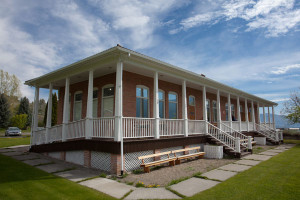 Grand Forks’ history is closely tied to the mining and railroad boom of the 1890’s and early 1900’s.
Grand Forks’ history is closely tied to the mining and railroad boom of the 1890’s and early 1900’s.
The original settlers came for the rich farmland and stayed on as the industrial era took over, including three railroads, mines, smelters and power plants.
Following the town site survey in 1895, a large number of wood frame buildings were constructed. A fire in 1908 and another in 1911 virtually wiped out the original downtown core of Grand Forks, however, business was booming and many of the commercial buildings were rebuilt.
Many of Grand Forks’ historic homes remain as do a number of commercial and industrial sites.
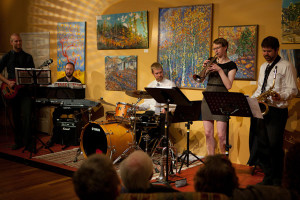 The slag piles, remnants of the days of the smelter, can be seen just a short distance from town.
The slag piles, remnants of the days of the smelter, can be seen just a short distance from town.
The first lumber mill was established by Ernest Spraggett in 1895, just south of town. He cut two-thirds of the lumber used to build the town. Later Spraggett had a plant at Smelter Lake until it burned in 1901.
The first school was opened in the valley in 1892, and a hospital was established at about the same time. The post office opened in 1896.
In 1897, the City of Grand Forks was incorporated under the Speedy Incorporation Act, with John Manly as the first mayor. His home, and many of the early city officials’ homes are listed in the Boundary Museum’s Heritage Walking Tour brochure.
The CPR built the first railroad into the Boundary Country in 1899. The station, the oldest CPR station in B.C. still in its original location, is located in West Grand Forks, in what was originally the City of Columbia. This building is now home to “The Station Pub”.
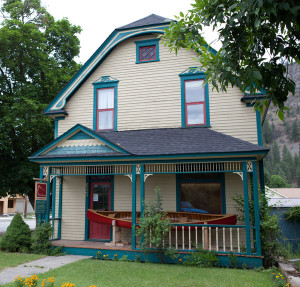 There was intense competition between the two cities, for both wanted to be the commercial and railroad centre of the valley. In 1903 the two cities amalgamated. The name Grand Forks was chosen to represent the confluence of the Kettle and North Kettle (Granby) Rivers.
There was intense competition between the two cities, for both wanted to be the commercial and railroad centre of the valley. In 1903 the two cities amalgamated. The name Grand Forks was chosen to represent the confluence of the Kettle and North Kettle (Granby) Rivers.
The City of Grand Forks maintains its own water and electrical system as early as 1898, and was also connected to the outside world by telephone.
The population, which started with just a few farmers, continued to grow. The population in 1896 was 200 and had reached 1,000 by 1899. Today the city’s population is over 4,000 with an area population of over 10,000.
3,200 miners were employed in the area in 1899, bringing in monthly wages in excess of $300,000. Merchants estimated their annual trade supplying the mines was $1,250,000.
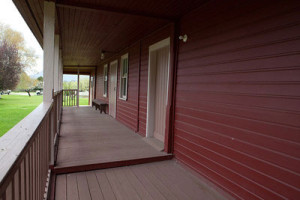 In 1911 the brick courthouse was completed with many beautiful stained glass windows depicting the agricultural history of the valley.
In 1911 the brick courthouse was completed with many beautiful stained glass windows depicting the agricultural history of the valley.
The original post office was replaced with a new modern brick building in 1913, with a copper-clad clock tower erected in 1914. Today this building is the City Hall, having undergone extensive interior renovation and exterior restoration in 1985.
Grand Forks’ economy today is based on the lumber (Interfor) and insulation (Roxul) industries, and Tourism also plays a large part in today”s economic growth.
If you”re a newcomer to the area, we bid you welcome, you’ll find the natives friendly and helpful. If you’re just passing through, we invite you to come back and visit us often.
Arts, Culture & Heritage Links
Gallery 2 – Grand Forks Art Gallery

524 Central Avenue, Box 2140
Grand Forks, BC, V0H 1H0
Tina Bryan
(250) 442-2211
Grand Forks Visitor Information Centre
 524 Central Avenue, Box 2140
524 Central Avenue, Box 2140
Grand Forks, BC
V0H 1H0
(250) 442-2211
